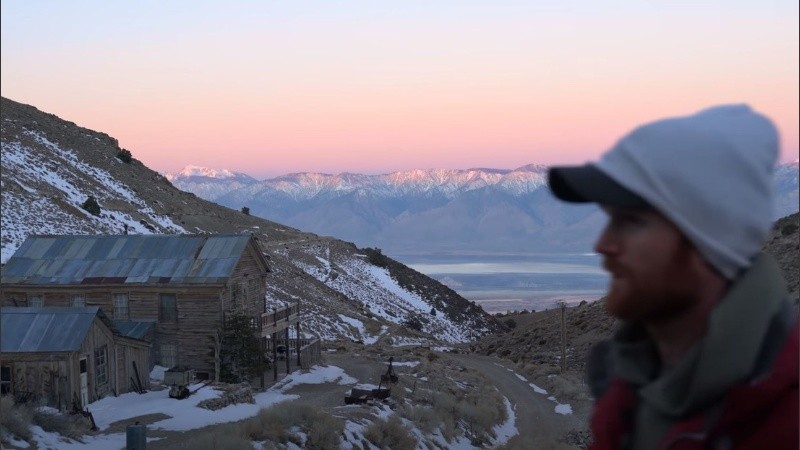Un ciudadano estadounidense abandonó su casa de la ciudad de Austin y se instaló en Cerro Gordo, un antiguo pueblo minero que compró junto con un amigo en julio de 2013. Se trata de Brent Underwood, quien gastó todos sus ahorros y ahora pasa la pandemia del coronavirus en ese lugar alejado de todo y de todos.
Según Underwood, los dos hombres invirtieron sus "ahorros de toda la vida", y también una cantidad de dinero de sus amigos y clientes, para convertirse en los dueños de ese pueblo abandonado, ubicado en las montañas Inyo, California.
Underwood es un empresario de 32 años que intenta convertir el "pueblo fantasma" en un destino turístico. Actualmente los turistas pueden visitar Cerro Gordo y realizar una excursión con cita previa, según publicó RT.
.............
En el video que difundió, el hombre muestra el proceso de reconstrucción del pueblo y, además cuenta sus aventuras en el lugar como, por ejemplo, una vez se perdió en las montañas durante fuerte nevada.
"Hasta ahora ha sido una experiencia salvaje ser dueño de un 'pueblo fantasma' y nos estamos divirtiendo mucho averiguando qué hacer con él", asegura Underwood.
.............
El pueblo Cerro Gordo se fundó en 1865 y se convirtió en la mina de plata más próspera de la historia de California, donde vivieron más de 4.500 mineros. Cuando la plata y el agua se agotaron los habitantes se fueron y el pueblo estuvo abandonado durante más de 100 años.





























